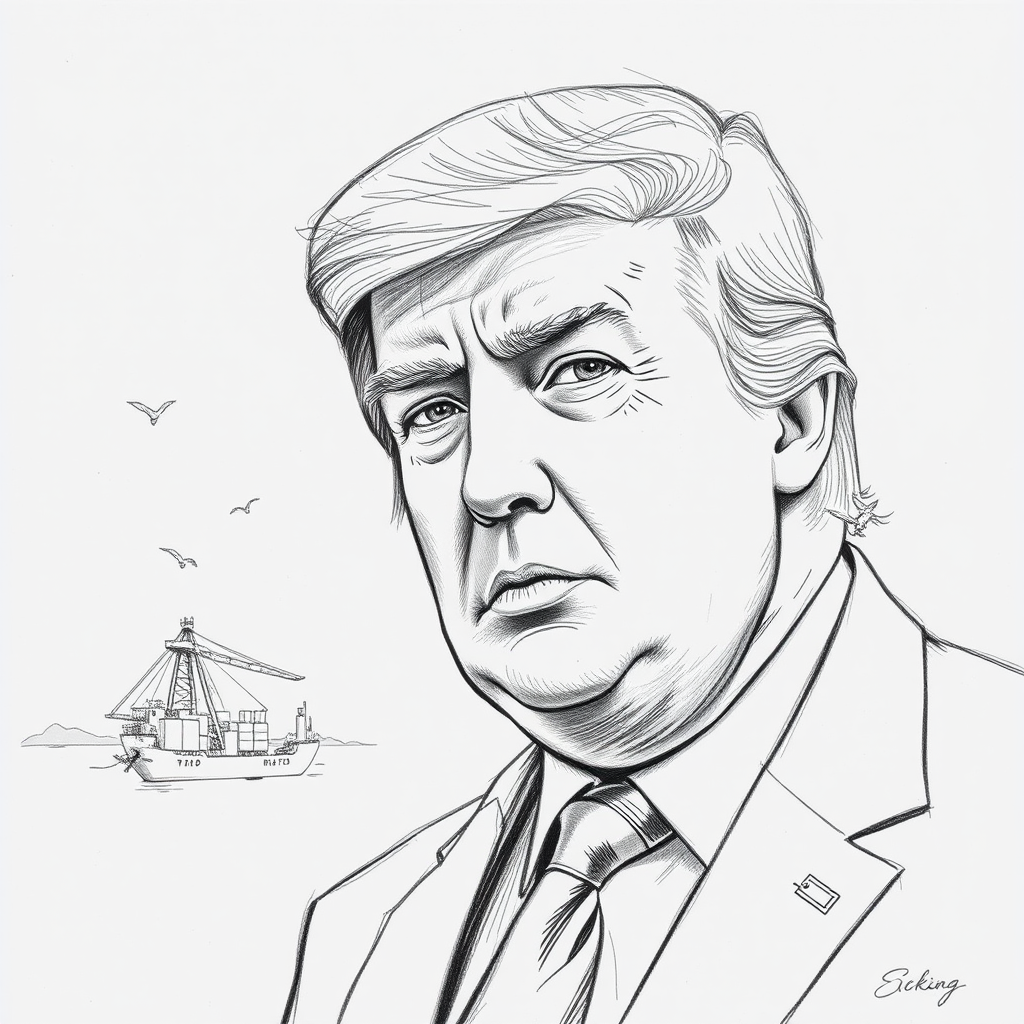Trump Hits Uninhabited Island With Tariffs

Trump Administration Targets Uninhabited Island with Tariffs, Prompting International Head-Scratching
Washington D.C. – In a move that has baffled international observers, the Trump administration has imposed a 10% tariff on trade with the uninhabited Heard and McDonald Islands, a remote Australian territory in the Indian Ocean. The tariffs, announced as part of a broader “Liberation Day” trade initiative, extend to a range of countries and territories, but the inclusion of a place with no human population has drawn particular criticism and ridicule.
The decision, revealed during a White House Rose Garden address, appears to stem from a strict interpretation of trade relations with all territories under Australian jurisdiction, according to a White House official cited by Axios. Documents distributed to reporters detailed a supposed 10% “tariff to the USA” already imposed by the islands, a claim seemingly based on a misinterpretation or fabrication, given the islands’ lack of economic activity and inhabitants. The US is responding with “discounted reciprocal tariffs” at the same rate.
Heard and McDonald Islands are described by the Australian Antarctic Program as “one of the wildest and remotest places on Earth,” requiring a ten-day sea voyage from Western Australia. The islands are a UNESCO World Heritage site, home to significant penguin, seal, and bird colonies.
The move has been met with sharp criticism from Australian Prime Minister Anthony Albanese, who characterized the tariffs as “unwarranted” and quipped, “Nowhere on earth is safe.” In a post on X (formerly Twitter), Albanese asserted Australia was prepared for the tariffs but would “always stand up for Australian jobs, Australian industry, Australian consumers and Australian values.”
Beyond Heard and McDonald Islands, other Australian external territories – the Cocos (Keling) Islands, Christmas Island, and Norfolk Island – were also included in the tariff list. Norfolk Island, home to a population of 2,188, faces a significantly higher 29% tariff.
This action highlights a concerning trend of increasingly arbitrary and illogical trade policies. While the administration frames these tariffs as a means of achieving “liberation” and reciprocal trade, the inclusion of uninhabited islands demonstrates a disconnect from reality and a willingness to prioritize symbolic gestures over sound economic principles. It raises serious questions about the rationale behind these policies and their potential impact on genuine trade relationships. The targeting of a place with no economic activity feels less like a trade negotiation tactic and more like a performative display of power, ultimately undermining the credibility of the US on the international stage.